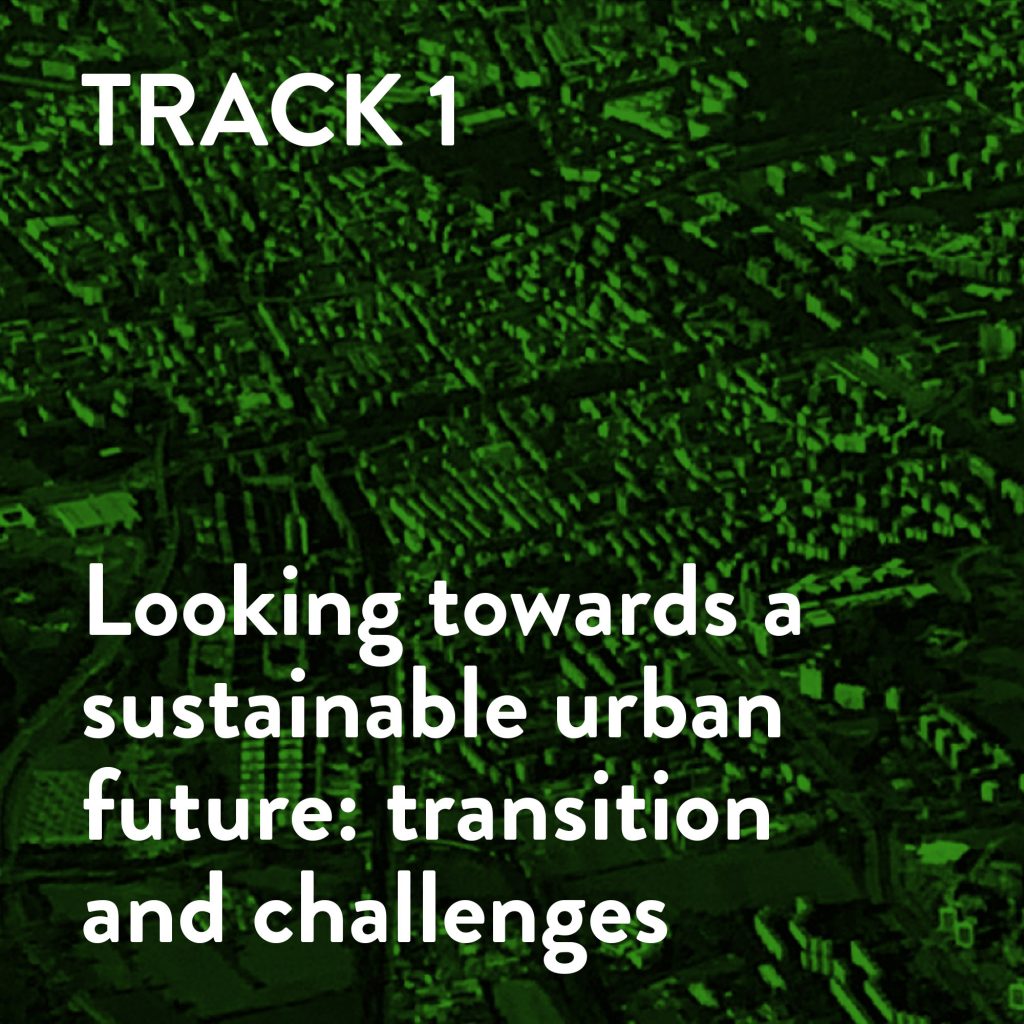Programme
Site Visits
1
Luoghi Comuni:
A (side)walk through Active Mobility and Disputed Public Realm
Politecnico di Milano ● Piazzale Piola ● Piazzale Bacone ● Corso Buenos Aires ● Piazzale Loreto
Tuesday 19 March 2024 ● 14:00-17:00
At cities, still massively ruled by traffic law, human scale fights for its vitality at the boundaries of everyone’s space. While the dominance of cars and other motorized vehicles came across during the 20th century, people standing on their feet were pushed aside. This is eloquently shown by the word sidewalk (side + walk) which, as its Italian version, marciapiede (marcia, move + piede, foot), imply an action of displacement. Still by moving or just staying, willingly or unintendedly, the streets’ pedestrian lane works for a multiplicity of functions that we would research in our visit. Starting from Politecnico’s Leonardo Campus, we will walk along its surroundings to find out how pedestrians sustain neighbourhoods’ vitality while their conditions are often neglected. As walkers, we will also observe the city and how public spaces are constructed, exploring some of the latest transformations within the 19th and 20th century urban fabric of Milan. The visit will have a conversational ground, where participants will be encouraged to intervene and interact, following the aims of Jane Jacobs’s Walks.
Number of participants (max): 25

“Lowly, unpurposeful, and random as they appear, sidewalk contacts are the small change from which a city’s wealth of public life must grow.”
Jane Jacobs, The Death and Life of Great American Cities, 1961.
2
Porta Romana Regenerated:
A Process of Urban Transformation,
the Sustainability Discourse,
and Cultural Resurgence
Scalo Romano ● Porta Romana Athletes Village ● Fondazione Prada ● Symbiosis Project (Community Project) ● Fondazione ICA
Tuesday 19 March 2024 ● 14:00-17:00
Porta Romana Rail Yard, a former railyard situated in the southern area of Milan between Via Ripamonti and Corso Lodi, is currently undergoing a significant urban revitalization led by OUTCOMIST, an international design team at the forefront of the project. Collaborators include Diller Scofidio + Renfro, PLP Architecture, CRA – Carlo Ratti Associati, and Arup. The objective is to transform the industrial site into a vibrant green neighborhood in Milan. The redevelopment envisions turning the disused railway yard into a cohesive link connecting the southeast area of the city to the center, creating a biodiverse public space, including a large urban park. Aligned with the goals of the Paris Agreement, the European Green Deal, and the United Nations’ SDGs, the project reimagines a significant railway yard, weaving together a fragmented urban landscape. Noteworthy establishments such as Prada and Symbiosis have spearheaded the regeneration process, contributing to shaping the district’s identity. This marks a departure from its historical role as a barrier that divided the north and south, introducing a new era in the city’s design.
Number of participants (max): 15

3
Between the City and the Countryside: A Walk in Milan’s Vibrant Edge
Off Campus Cascina Nosedo ● Parco della Vettabbia ● Soulfood Forestfarms ● Piazze Aperte Corvetto
Tuesday 19 March 2024 ● 14:00-17:00
Corvetto is a Milanese neighbourhood located at the city’s ‘edge’ highly shaped by planning decisions, rendering it a unique place. In the 1920s, several blocks of social housing units were built around a historic core of earlier settlements and agricultural estates. Industrial times also left an imprint through the unfinished Porto di Mare, which was conceived as a port for the expansion of the Milanese canal system. The establishment of southern Milan’s agricultural park in the 1990s halted the city’s expansion and left Corvetto at the city’s edge and the countryside. But Corvetto is also a multicultural and peripheral neighbourhood striving with a rising interest by more affluent social groups.
The visit explores emerging projects and collaboration forms that embrace Corvetto’s spatial and social conditions and how a new agenda is being built by young initiatives willing to experiment with alternative forms of agriculture and social relations. We will discuss some technical aspects regarding planning and policies, regulations, and access to funds and resources. The itinerary ends with a visit to a neighbourhood chicken coop.
Number of participants (max): 15





